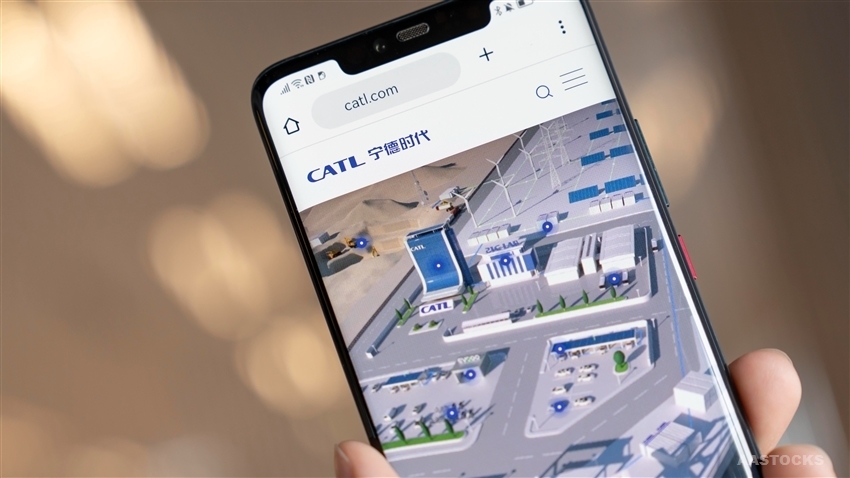
CATL $3750 (-2.43%) has recently started series production of its fifth-generation lithium iron phosphate (LFP) batteries, achieving new breakthroughs in energy density and cycle life, according to Robin Zeng, founder, chairman and CEO of the Chinese battery manufacturer.
The fourth-generation LFP batteries currently in mass production surpass the current second- and third-generation products in terms of energy density, cycle life and performance, Zeng explained at the World Power Battery Conference 2025 in Yibin, Sichuan, according to a speech manuscript published by CATL.
CATL maintains its long-standing market leadership in ternary battery technology, which is widely used in Qilin Battery and Freevoy Battery, among others, he added.
Zeng pointed out that the company's Naxtra sodium-ion battery, launched earlier this year, effectively reduces dependence on lithium resources while offering higher safety and lower CO₂ emissions.
Naxtra batteries address the performance limitations of conventional lithium batteries at low temperatures, opening up new avenues for the proliferation of electric vehicles in northern latitudes, Zeng said.
According to Zeng, CATL is also one of the world's leading companies in research and development in the field of solid-state batteries.
CATL is the world's largest manufacturer of traction batteries and, according to data from the South Korean market research company SNE Research, took first place from January to September with a market share of 36.6 percent.
In China, CATL led the market for electric vehicle batteries in October with an installed capacity of 36.14 GWh and a market share of 43.00%.
The company held a 72.79% share of the ternary lithium battery market and a 35.71% share of the LFP battery market last month.
CATL contributed 120 GWh to China's lithium battery exports of nearly 200 GWh in the first three quarters of this year, Zeng said in his speech today.
According to Zeng, the company created nearly 150,000 jobs in its 13 production facilities worldwide and paid RMB 24.5 billion (USD 3.44 billion) in taxes in the first three quarters of this year.
In the past decade, CATL invested more than 80 billion RMB in research and development, including more than 15 billion RMB in the first three quarters of this year alone, Zeng said.
Over 20 million electric vehicles worldwide are currently equipped with CATL batteries, reducing carbon dioxide emissions by around 14 million tons annually.
CATL batteries are also used in commercial vehicles, electric ships and electric airplanes.
CATL's Tectrans series batteries have established themselves as the preferred choice for all-electric heavy-duty trucks, and nearly 900 electric ships of various types are now equipped with CATL batteries, Zeng said.
In the field of low-altitude mobility, CATL's two-ton eVTOL has successfully completed multiple flight validations in complex environments and received type certification (TC), production certification (PC) and airworthiness certification (AC). Operational certification (OC) is currently being sought, which opens up new possibilities for electric propulsion, he explained.


